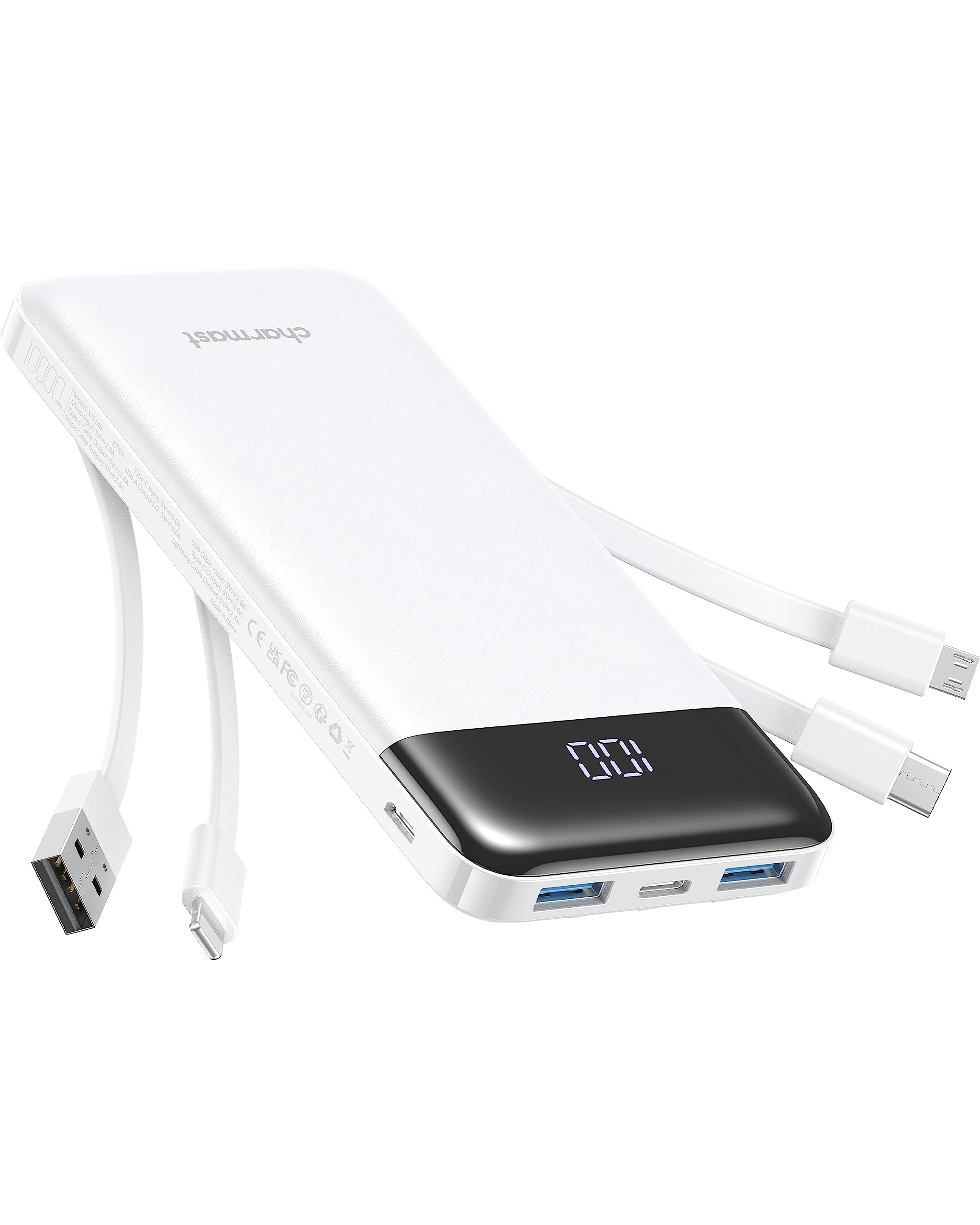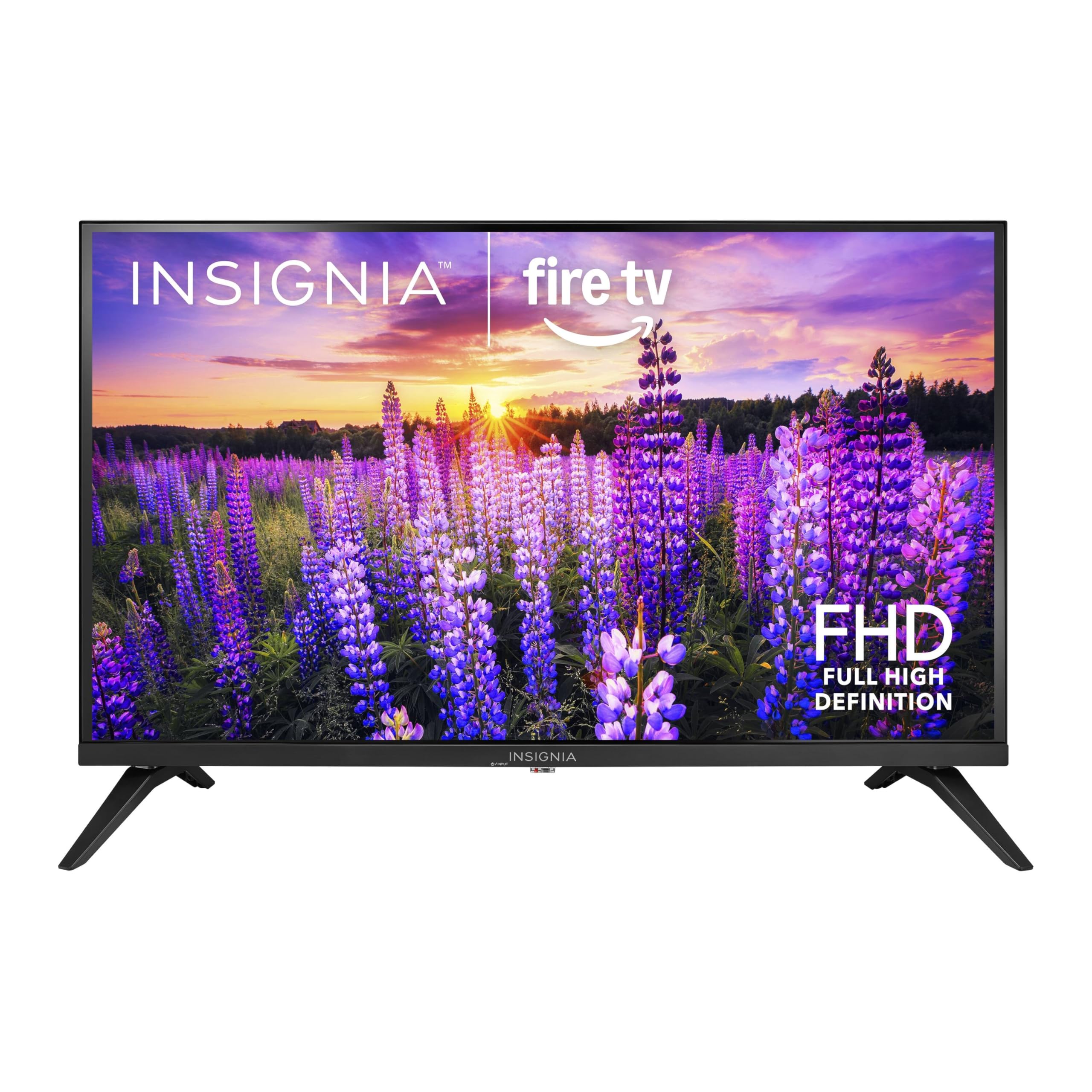Table of Contents
- Understanding Your Gaming Needs
- Budget Planning and Allocation
- Gaming PC vs Console: Making the Right Choice
- Essential Hardware Components
- Peripherals That Matter
- Setting Up Your Gaming Space
- Software and Platform Considerations
- Maintenance and Future-Proofing
- Common Mistakes to Avoid
- Final Recommendations
Understanding Your Gaming Needs
Before diving into specific product recommendations, it’s crucial to understand what type of gamer you are and what your specific needs entail. This foundational knowledge will guide every purchasing decision you make.
Gaming Genres and Hardware Requirements
Competitive Esports Gaming
If you’re interested in games like Counter-Strike, Valorant, League of Legends, or Rocket League, your priorities should be:
- High refresh rate monitors (144Hz minimum, 240Hz preferred)
- Low input lag peripherals
- Consistent high frame rates (300+ FPS for competitive advantage)
- Reliable internet connection and low-latency networking equipment
AAA Single-Player Games
For immersive experiences like Cyberpunk 2077, Red Dead Redemption 2, or The Witcher 3:
- High-resolution displays (1440p or 4K)
- Powerful graphics cards for visual fidelity
- Quality audio equipment for atmospheric immersion
- Comfortable seating for extended gaming sessions
Streaming and Content Creation
If you plan to stream or create gaming content:
- Powerful CPU for encoding
- Multiple monitors for managing stream overlays
- Professional microphone and lighting
- Adequate storage for video files
- Reliable upload bandwidth
Performance Expectations vs Budget Reality
Understanding the relationship between budget and performance expectations is crucial for making informed decisions. Here’s a realistic breakdown:
Entry-Level Gaming ($800-1200)
- 1080p gaming at 60-100 FPS on medium to high settings
- Basic peripherals that get the job done
- Limited upgradeability
- Perfect for casual gaming and most esports titles
Mid-Range Gaming ($1200-2000)
- 1440p gaming at 60-120 FPS on high settings
- Quality peripherals that enhance the experience
- Good upgradeability for future improvements
- Excellent for most gaming scenarios
High-End Gaming ($2000-3500)
- 4K gaming or high refresh rate 1440p
- Premium peripherals and multiple monitors
- Extensive customization options
- Future-proof for 3-5 years
Enthusiast Gaming ($3500+)
- No compromises on performance or features
- Top-tier everything with room for experimentation
- Latest technology adoption
- Extreme future-proofing
Budget Planning and Allocation
Creating a realistic budget is often the most challenging part of building a gaming setup. Many newcomers either underestimate total costs or misallocate their budget across components.
The 70-20-10 Rule
For optimal gaming setup allocation:
- 70% Core Gaming System (PC/Console, Monitor, Basic Peripherals)
- 20% Enhanced Peripherals (Premium keyboard, mouse, headphones, chair)
- 10% Accessories and Future Upgrades (Cables, stands, lighting, upgrade fund)
Hidden Costs to Consider
Software Expenses
- Operating system license ($100-200)
- Gaming platform subscriptions (Xbox Game Pass, PlayStation Plus)
- Individual game purchases ($30-70 each)
- Productivity software for content creation
Ongoing Maintenance
- Replacement parts and warranties
- Cleaning supplies and maintenance tools
- Electricity costs (gaming PCs can consume significant power)
- Internet service upgrades for online gaming
Ergonomic Investments
- Quality gaming chair ($200-800)
- Desk setup and monitor arms ($100-300)
- Lighting to reduce eye strain ($50-150)
- Cable management solutions ($30-100)
Seasonal Shopping Strategy
Best Times to Buy
- Black Friday/Cyber Monday: Major discounts on most components
- Back-to-School Season (July-September): Laptop and peripheral deals
- New Product Launches: Previous generation discounts
- End of Financial Quarters: Retailer clearing inventory
Items to Buy Full Price
- Latest generation graphics cards (limited stock, high demand)
- Newly launched consoles (no discounts for first year)
- Premium mechanical keyboards (rarely discounted significantly)
- High-end monitors (slow price depreciation)
Gaming PC vs Console: Making the Right Choice
This decision significantly impacts your entire gaming ecosystem, affecting not just initial costs but long-term gaming experience and upgrade paths.
PC Gaming Advantages
Superior Performance Potential
PC gaming offers unlimited performance ceiling. With the right budget, you can achieve:
- Frame rates exceeding 300 FPS for competitive gaming
- 4K resolution gaming at 120+ FPS
- Ray tracing and DLSS technology utilization
- VR gaming capabilities
- Multiple monitor setups
Extensive Game Library
- Access to decades of PC gaming history through backward compatibility
- Independent and early access games through platforms like Steam
- Emulation capabilities for retro console games
- Free-to-play games and extensive modding communities
- Regular sales and competitive pricing
Multitasking Capabilities
- Productivity work between gaming sessions
- Content creation and streaming capabilities
- Multiple applications running simultaneously
- Customizable workspace environments
Console Gaming Advantages
Simplicity and Reliability
- Plug-and-play experience without technical knowledge requirements
- Guaranteed game compatibility and optimization
- No driver updates or hardware troubleshooting
- Consistent performance across all games
- Living room integration with entertainment systems
Exclusive Content
- Platform-exclusive games unavailable elsewhere
- First-party titles optimized specifically for the hardware
- Timed exclusive releases and special editions
- Integrated social features and achievement systems
Cost Effectiveness
- Lower initial investment compared to equivalent PC performance
- No unexpected compatibility issues or upgrade requirements
- Bundled services and subscription benefits
- Extended warranty and support coverage
Hybrid Approach Considerations
Many gamers find success with a combined approach:
- Console for exclusive games and casual couch gaming
- PC for competitive gaming, work, and content creation
- Handheld devices for portable gaming
- Streaming services for accessing games across devices
This approach maximizes game library access while optimizing for different use cases, though it requires a larger total investment.
Essential Hardware Components
Understanding each component’s role in gaming performance helps you make informed decisions about where to invest your budget for maximum impact.
Graphics Processing Unit (GPU)
The GPU is typically the most important component for gaming performance, directly affecting visual quality and frame rates.
Current Generation Options (2025)
- Budget: RTX 4060, RX 7600 – Excellent 1080p gaming, entry-level 1440p
- Mid-Range: RTX 4070, RX 7700 XT – Strong 1440p gaming, decent 4K
- High-End: RTX 4080, RX 7800 XT – Excellent 1440p, good 4K gaming
- Enthusiast: RTX 4090, RX 7900 XTX – No-compromise 4K gaming
Key Considerations
- VRAM capacity affects texture quality and future game compatibility
- Ray tracing performance varies significantly between models
- Power consumption impacts electricity costs and cooling requirements
- Brand-specific features (DLSS for NVIDIA, FSR for AMD)
Central Processing Unit (CPU)
While less impactful than GPU for pure gaming, CPU choice affects overall system responsiveness and future upgrade compatibility.
Gaming-Focused Recommendations
- Budget: AMD Ryzen 5 7600, Intel Core i5-13400
- Mid-Range: AMD Ryzen 7 7700X, Intel Core i5-13600K
- High-End: AMD Ryzen 7 7800X3D, Intel Core i7-13700K
- Content Creation: AMD Ryzen 9 7900X, Intel Core i9-13900K
Performance Factors
- Single-thread performance affects gaming frame rates
- Multi-thread performance benefits streaming and content creation
- Cache size impacts specific game performance (especially simulation games)
- Integrated graphics provide backup and troubleshooting capabilities
Memory (RAM)
RAM requirements have increased significantly with modern games, making adequate capacity and speed essential for smooth performance.
Recommended Configurations
- Minimum: 16GB DDR4-3200 or DDR5-5600
- Optimal: 32GB DDR4-3600 or DDR5-6000
- Future-Proof: 32GB+ high-speed memory with room for expansion
Technical Considerations
- Dual-channel configuration provides better performance than single sticks
- Memory speed affects AMD systems more than Intel systems
- Latency timings can impact performance in specific scenarios
- RGB memory costs more but provides aesthetic customization
Storage Solutions
Modern gaming demands fast storage for reduced loading times and improved system responsiveness.
Primary Storage (OS and Frequent Games)
- NVMe SSD with PCIe 4.0 support
- Minimum 1TB capacity for adequate game storage
- High-end options provide faster loading but diminishing returns
Secondary Storage (Game Library)
- Large capacity HDD or SATA SSD for less frequently played games
- External storage for console gaming library management
- Network-attached storage for shared media and backups
Storage Management Strategy
- Keep current games on fastest storage
- Move completed games to slower storage
- Utilize cloud saves for progress protection
- Regular cleanup of temporary files and unused applications
Peripherals That Matter
Quality peripherals significantly impact gaming comfort, performance, and enjoyment, often providing more noticeable improvements than minor hardware upgrades.
Display Technology
Your monitor is the primary interface between you and your games, making it a crucial investment for any gaming setup.
Resolution Considerations
- 1080p: Still excellent for competitive gaming and budget builds
- 1440p: Sweet spot for most gamers balancing performance and visual quality
- 4K: Premium experience requiring powerful hardware
- Ultrawide: Immersive gaming but requires specific game support
Refresh Rate Impact
- 60Hz: Minimum acceptable for casual gaming
- 144Hz: Noticeable improvement for all gaming types
- 240Hz+: Competitive advantage in fast-paced games
- Variable Refresh Rate: Eliminates screen tearing and stuttering
Panel Technology
- TN: Fastest response times, best for competitive gaming
- IPS: Best color accuracy and viewing angles
- VA: Good contrast ratios, balanced performance
- OLED: Perfect contrast but potential burn-in concerns
Input Devices
Quality input devices directly affect gaming performance and long-term comfort during extended gaming sessions.
Gaming Mice
Key specifications to consider:
- Sensor Quality: Optical sensors generally preferred over laser
- DPI Range: 800-3200 DPI covers most gaming needs
- Polling Rate: 1000Hz standard for competitive gaming
- Weight and Ergonomics: Personal preference affects long-term comfort
- Button Layout: Additional buttons benefit specific game genres
Gaming Keyboards
- Mechanical vs Membrane: Mechanical provides better tactile feedback
- Switch Types: Linear for gaming, tactile for typing, clicky for preference
- Key Layout: Full-size, tenkeyless, or compact based on space and needs
- Backlighting: RGB provides customization but adds cost
- Build Quality: Premium materials justify higher investment
Audio Solutions
Quality audio enhances gaming immersion and provides competitive advantages in games where sound positioning matters.
Headphones vs Headsets
- Gaming Headsets: Convenient all-in-one solution with integrated microphone
- Audiophile Headphones + Separate Mic: Better audio quality, more flexibility
- Wireless vs Wired: Wireless adds convenience but may introduce latency
Audio Features to Consider
- Driver Size: Larger drivers generally provide better bass response
- Frequency Response: Wide range captures more audio detail
- Surround Sound: Virtual surround can help with positional audio
- Comfort Features: Padding quality affects long gaming session comfort
Setting Up Your Gaming Space
The physical gaming environment significantly impacts performance, comfort, and overall gaming experience, yet it’s often overlooked during initial setup planning.
Desk and Seating Arrangement
Desk Requirements
- Size: Minimum 48 inches wide for single monitor, 60+ for dual monitors
- Depth: 24-30 inches provides adequate distance from monitor
- Height: Adjustable height accommodates different seating arrangements
- Cable Management: Built-in solutions keep workspace organized
- Material: Sturdy construction supports heavy equipment
Gaming Chair Investment
A quality chair provides:
- Ergonomic Support: Reduces fatigue during long gaming sessions
- Adjustability: Multiple adjustment points accommodate different body types
- Durability: Quality materials justify higher initial investment
- Style Options: Aesthetic choices complement gaming setup theme
Lighting and Ambiance
Bias Lighting
- Reduces eye strain during extended gaming sessions
- Improves perceived contrast ratio of displays
- LED strips behind monitors provide even illumination
- Color temperature affects circadian rhythm and sleep quality
RGB and Aesthetic Lighting
- Customizable lighting creates personal gaming atmosphere
- Synchronized lighting across components provides cohesive look
- Smart lighting systems adapt to game content and time of day
- Balance between visual appeal and distraction minimization
Cable Management and Organization
Power Management
- Uninterruptible Power Supply (UPS) protects against power fluctuations
- Surge protection prevents damage from electrical spikes
- Power strips with individual switches reduce standby power consumption
- Cable routing prevents tangling and improves airflow
Data Cable Organization
- Cable sleeves and ties maintain clean appearance
- Under-desk cable trays hide power and data cables
- Proper cable routing prevents interference and damage
- Labeled cables simplify troubleshooting and maintenance
Software and Platform Considerations
Software choices affect gaming performance, security, and overall user experience, requiring careful consideration during initial setup.
Operating System Selection
Windows 11
- Broadest game compatibility and developer support
- Latest DirectX and gaming technology access
- Extensive customization and tweaking capabilities
- Regular updates and security patches
- Higher resource overhead compared to alternatives
Linux Gaming
- Improved compatibility through Proton and Steam Play
- Lower system overhead for better performance
- Enhanced privacy and security features
- Limited compatibility with anti-cheat systems
- Requires technical knowledge for optimal configuration
Gaming Platforms and Services
PC Gaming Platforms
- Steam: Largest game library, frequent sales, strong community features
- Epic Games Store: Free games program, exclusive releases
- Game Pass PC: Subscription service with rotating game library
- GOG: DRM-free games, classic game preservation
- Origin/EA App: EA-specific games and early access programs
Console Services
- PlayStation Plus: Free games, online multiplayer, streaming
- Xbox Game Pass Ultimate: Game library, cloud gaming, PC integration
- Nintendo Switch Online: Classic games, online features
Security and Maintenance Software
Antivirus Solutions
- Windows Defender provides adequate protection for most users
- Third-party solutions may offer additional features but can impact performance
- Gaming modes in security software reduce interruptions during play
- Regular security updates maintain protection against new threats
System Maintenance
- Automatic driver updates ensure optimal hardware performance
- Disk cleanup utilities prevent storage space issues
- Temperature monitoring software prevents overheating damage
- System restore points enable recovery from configuration problems
Maintenance and Future-Proofing
Proper maintenance extends hardware lifespan and maintains optimal performance, while strategic future-proofing decisions delay the need for major upgrades.
Regular Maintenance Tasks
Physical Cleaning
- Dust accumulation reduces cooling efficiency and can cause hardware failure
- Compressed air cleaning every 3-6 months maintains airflow
- Monitor cleaning maintains display clarity
- Peripheral cleaning prevents key sticking and sensor issues
Software Maintenance
- Regular driver updates optimize hardware performance
- Operating system updates provide security patches and feature improvements
- Game client updates ensure compatibility and access to new features
- Storage cleanup prevents performance degradation from full drives
Performance Monitoring
- Temperature monitoring prevents thermal throttling
- Performance benchmarking identifies degradation over time
- Resource usage monitoring identifies problematic applications
- Network performance testing ensures optimal online gaming experience
Upgrade Path Planning
Component Upgrade Priority
- Graphics Card: Largest impact on gaming performance
- Monitor: Immediately visible improvement in gaming experience
- Storage: Reduces loading times and improves system responsiveness
- Memory: Addresses bottlenecks in specific scenarios
- CPU: Least frequent upgrade need for pure gaming
Timing Upgrade Decisions
- New console generation releases drive PC hardware advancement
- Annual graphics card releases provide predictable upgrade opportunities
- Memory and storage prices fluctuate significantly over time
- Monitor technology advances slower, making upgrades longer-term investments
Future-Proofing Strategies
Component Selection
- Choose components with headroom above current requirements
- Prioritize features likely to become standard (USB-C, Wi-Fi 6, PCIe 5.0)
- Select modular components enabling incremental upgrades
- Consider resale value when choosing premium components
Platform Considerations
- Gaming engines increasingly utilize multi-core processors
- VRAM requirements continue increasing with texture quality improvements
- Ray tracing adoption accelerating across game releases
- VR gaming may become more mainstream, requiring powerful hardware
Common Mistakes to Avoid
Learning from common mistakes saves money and frustration during the gaming setup process.
Budget Allocation Errors
Overspending on CPU
Many newcomers overspend on processors while skimping on graphics cards, resulting in unbalanced systems that underperform in games. For pure gaming, graphics card performance has much greater impact than CPU performance beyond a reasonable baseline.
Ignoring Peripheral Quality
Spending thousands on a gaming PC while using a basic monitor and cheap peripherals significantly diminishes the gaming experience. Quality peripherals provide immediate, noticeable improvements to gaming comfort and performance.
Underestimating Total System Cost
Initial hardware costs represent only part of total gaming setup investment. Operating system licenses, game purchases, premium online services, and quality peripherals can easily double the total system cost.
Technical Configuration Mistakes
Inadequate Power Supply Selection
Undersized or poor-quality power supplies can cause system instability, component damage, and future upgrade limitations. Quality power supplies with 20-30% headroom above calculated requirements provide stable operation and upgrade flexibility.
Poor Airflow Planning
Inadequate case ventilation leads to thermal throttling, reduced component lifespan, and increased noise levels. Proper intake and exhaust fan configuration maintains optimal temperatures while minimizing noise.
Memory Configuration Issues
Installing memory in incorrect slots prevents dual-channel operation, significantly reducing system performance. Following motherboard manuals ensures optimal memory configuration.
Long-Term Planning Oversights
Proprietary Component Selection
Choosing proprietary components limits future upgrade options and repair possibilities. Standard components provide better long-term flexibility and value retention.
Ignoring Warranty Coverage
Extended warranty coverage for expensive components can save significant money if hardware fails. Understanding warranty terms and registration requirements protects investment value.
Neglecting Compatibility Research
Incompatible components cause frustration, delays, and additional expenses. Thorough compatibility research before purchasing prevents configuration issues and ensures optimal performance.
Final Recommendations
Creating an optimal gaming setup requires balancing performance requirements, budget constraints, and future needs while avoiding common pitfalls that newcomers encounter.
Entry-Level Setup ($800-1200)
Core System
- AMD Ryzen 5 7600 or Intel Core i5-13400
- RTX 4060 or RX 7600 graphics card
- 16GB DDR5-5600 memory
- 1TB NVMe SSD storage
- Quality 650W power supply
Display and Peripherals
- 24-27 inch 1080p 144Hz monitor
- Mechanical keyboard with quality switches
- Gaming mouse with optical sensor
- Decent gaming headset or headphones
Expected Performance
- 1080p gaming at 100+ FPS in most titles
- High settings in esports games
- Medium-high settings in AAA games
- Room for future GPU upgrade
Mid-Range Setup ($1200-2000)
Core System
- AMD Ryzen 7 7700X or Intel Core i5-13600K
- RTX 4070 or RX 7700 XT graphics card
- 32GB DDR5-6000 memory
- 1TB NVMe + 2TB storage
- Quality 750W power supply
Display and Peripherals
- 27-32 inch 1440p 144Hz monitor
- Premium mechanical keyboard
- High-end gaming mouse
- Quality headphones with separate microphone
Expected Performance
- 1440p gaming at 100+ FPS in most titles
- High-ultra settings in most games
- Excellent for streaming and content creation
- Strong future-proofing for 3-4 years
High-End Setup ($2000-3500)
Core System
- AMD Ryzen 7 7800X3D or Intel Core i7-13700K
- RTX 4080 or RX 7800 XT graphics card
- 32GB high-speed memory with RGB
- 2TB NVMe + additional storage
- Premium 850W power supply
Display and Peripherals
- 32+ inch 4K or ultrawide 1440p monitor
- Custom mechanical keyboard
- Professional gaming mouse and pad
- Audiophile headphones with professional microphone
Expected Performance
- 4K gaming at 60+ FPS or 1440p at 165+ FPS
- Ultra settings in virtually all games
- Excellent for content creation and streaming
- Future-proof for 4-5 years
Success Factors
Research and Planning
- Understand your specific gaming needs and preferences
- Research component compatibility and performance characteristics
- Plan upgrade paths and future expansion possibilities
- Compare prices across multiple retailers and time periods
Quality Over Quantity
- Invest in fewer, higher-quality components rather than many mediocre ones
- Prioritize components that directly impact your gaming experience
- Consider long-term value and upgrade flexibility
- Don’t compromise on power supply or cooling quality
Community and Support
- Engage with gaming communities for advice and troubleshooting
- Follow reliable reviewers and technical channels
- Maintain relationships with knowledgeable local retailers
- Document your setup for future reference and resale value
Building your first gaming setup is an exciting journey that opens up years of gaming enjoyment. By understanding your needs, planning carefully, and avoiding common mistakes, you can create a system that provides excellent performance while staying within your budget. Remember that gaming setups evolve over time – what matters most is starting with a solid foundation that can grow with your needs and interests.
The most important advice is to enjoy the process and not get overwhelmed by the countless options available. Focus on your specific needs, do thorough research, and make informed decisions based on your budget and performance requirements. With proper planning and execution, your gaming setup will provide years of entertainment and satisfaction.
This guide is updated regularly to reflect current market conditions, new product releases, and evolving gaming requirements. For the latest recommendations and pricing information, check our current reviews and deals sections.



